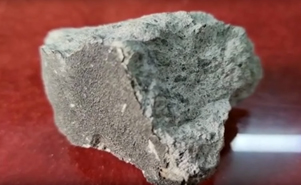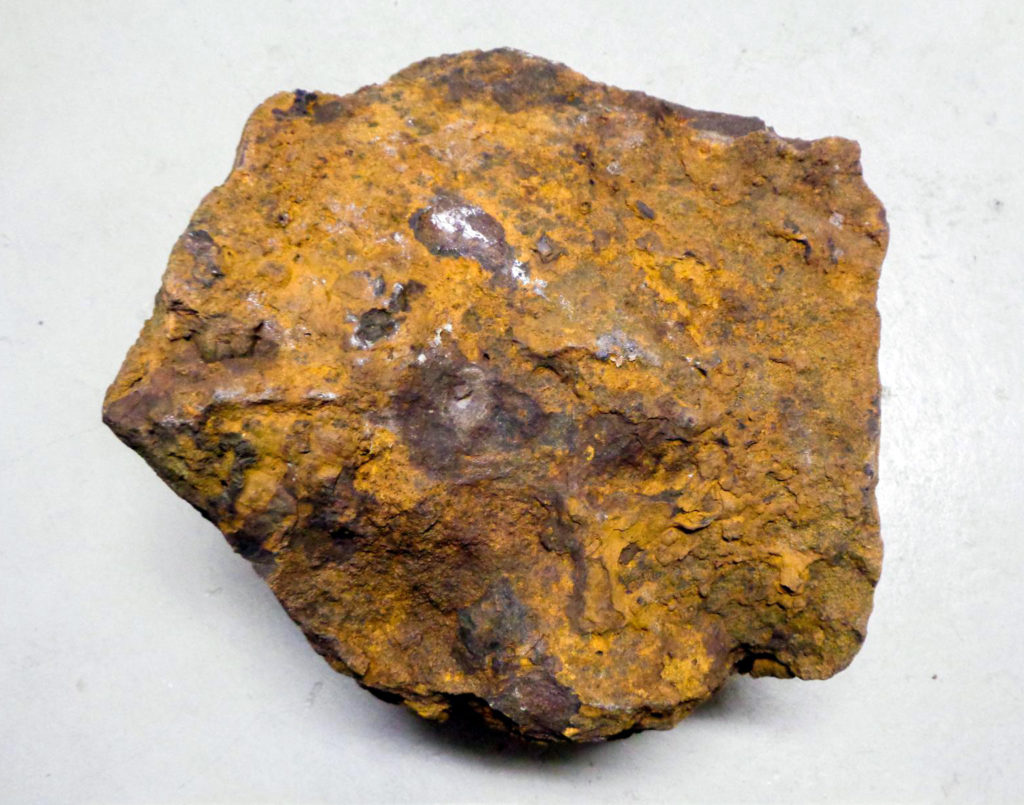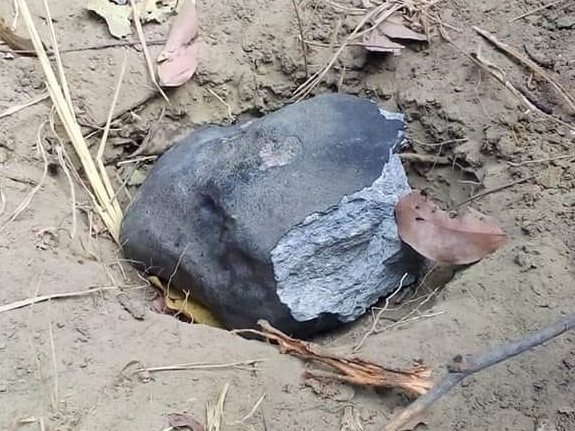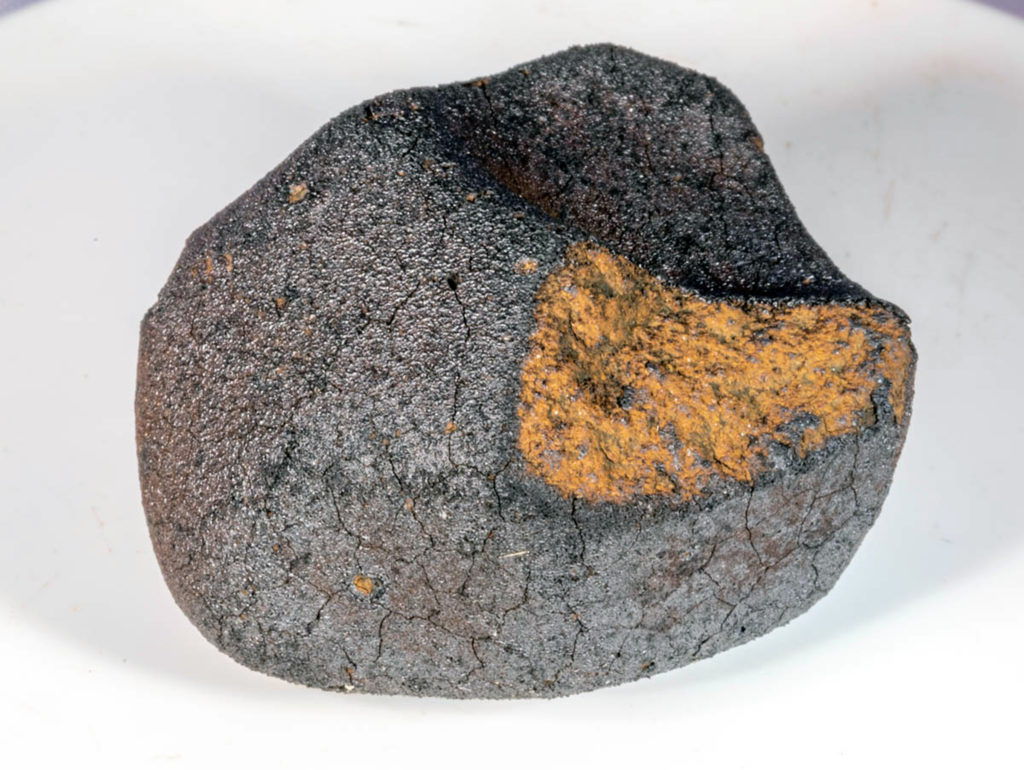Branching Ratios in Vacuum Ultraviolet Photodissociation of CO and N2: Implications for Oxygen and Nitrogen Isotopic Compositions of the Solar Nebula
Xiaoyu Shi, Qing-Zhu Yin, Hong Gao, Yih-Chung Chang, William M. Jackson, Roger C. Wiens, and Cheuk-Yiu Ng
The Astrophysical Journal, Volume 850, Number 1
Published 2017 November 15
“NASA’s Genesis mission reveals that the rare isotope 15N is approximately seven times more enriched than the rare isotopes 17O and 18O in the terrestrial planets relative to the Sun. Here, we explain this peculiar observation under the framework of self-shielding and the difference in chemical reactivity between the excited O(1 D) [N(2 D)] and the ground O(3 P) [N(4 S)] states produced by VUV photodissociation of CO [N2]. After weighting the absorption cross-sections for individual photodissociation bands, and taking into account the mutual shielding by H2, the CO/N2 ratio, and the partition of O and N among gas:ice:dust phases in the solar nebula, we show that the trapping of N(2 D) via hydrogenation is favored over that of O(1 D). This provides a possible explanation of the Genesis results and supports the self-shielding model as the primary mechanism for generating isotopic anomalies of O and N in the early solar nebula.”




























